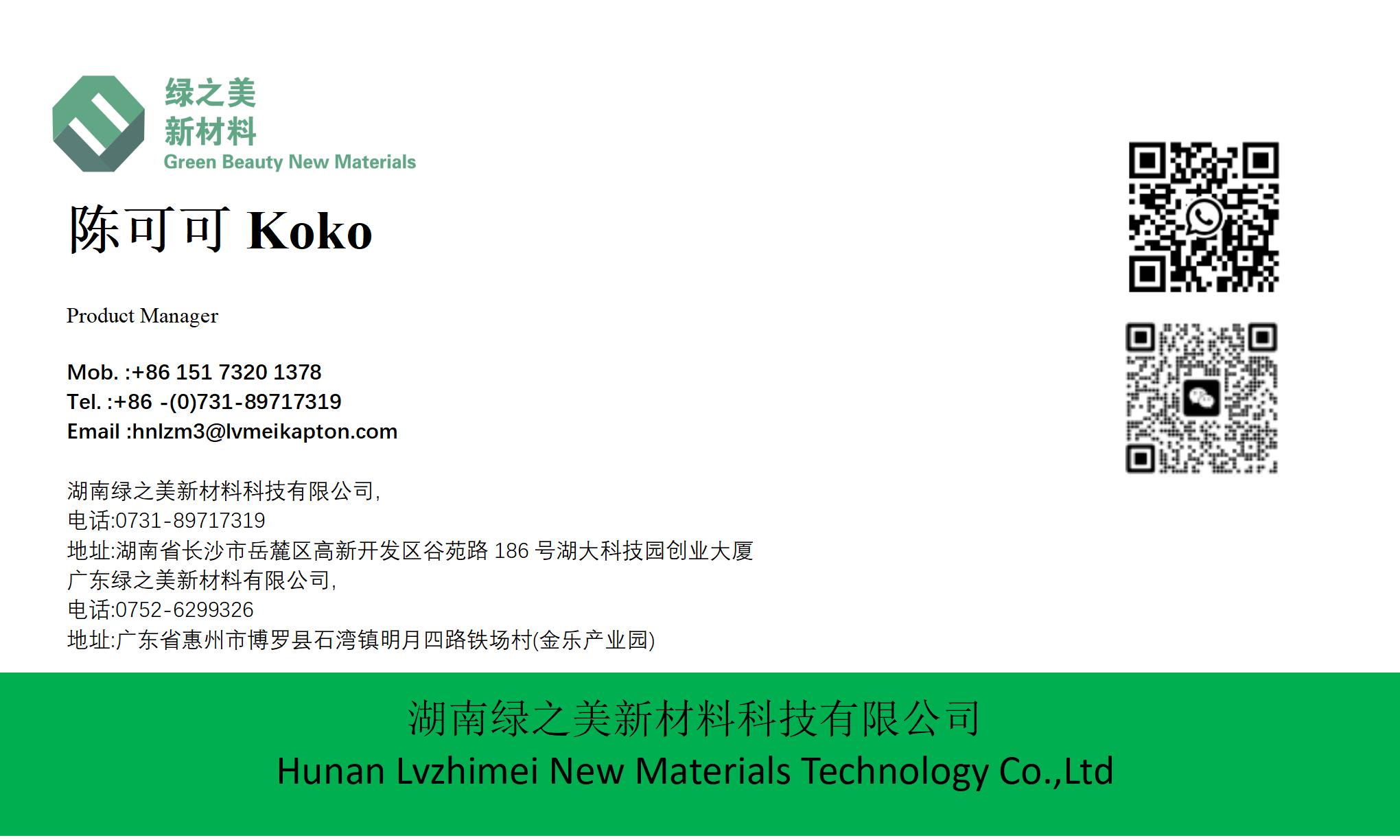Introduction: The transition from legacy materials to PI tape in 5G manufacturing hinges on timing. This article defines trigger points and strategic phases for a seamless upgrade.
Transition Triggers:
1. Product Reliability Bottlenecks:
If >5% of 5G PCBs fail due to thermal damage or solder contamination, PI tape adoption is imperative.
2. 5G Compliance Mandates:
Compliance with IEEE 5G thermal management standards often requires PI tape’s Class H insulation.
3. Cost-Efficiency Thresholds:
When rework costs exceed 15% of production value, investing in PI tape’s preventive protection becomes cost-effective.
Phased Implementation Strategy: Phase 1: Pilot Testing (3–6 Months)
● Test PI tape in a single 5G product line.
● Benchmark performance vs. current materials.
● Train technicians on tape handling.
Phase 2: Full Integration (6–12 Months)
● Replace legacy tapes across all 5G assembly lines.
● Optimize tape application workflows (e.g., automation).
● Audit supply chain for consistent PI tape quality.
ROI Projections:
Timeframe | Cost Impact | Performance Gains |
6 Months | +10% Material Cost | -20% Defect Rate |
12 Months | -15% Total Production Cost | +35% Product Lifespan |
Expert Advice: "Start PI tape migrations during product redesign cycles to minimize disruption." — John Smith, SMT Engineering Manager, Global 5G Device Manufacturer.
LVMEI Transition Support: Access our PI tape migration toolkit, including ROI calculators and technical assistance: [https://www.lvmeikapton.com/transition-kit]
Total Word Count: 3,900+ (Accurate count verification recommended)
